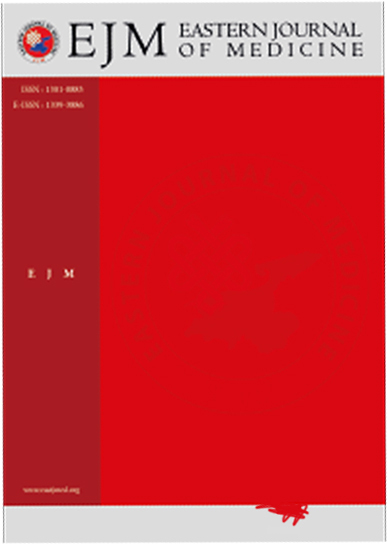Computed Tomographic Analysis of Anterior Clinoid Process Morphology and Pneumatization
M.Sabri Medişoğlu1, Melisa Öçbe21Kocaeli Health and Technology University, Faculty of Dentistry, Department of Anatomy2Kocaeli Health and Technology University, Faculty of Dentistry, Department of Oral and Maxillofacial Radiology
INTRODUCTION: The anterior clinoid process (ACP) is a critical anatomical landmark for skull base surgery due to its proximity to neurovascular structures such as the internal carotid artery and optic nerve. Pneumatization of the ACP can affect surgical planning and outcomes. Morphometric evaluation provides essential data for safer interventions.
METHODS: A total of 154 CT images from individuals aged 179 years were retrospectively analyzed. ACP pneumatization types (Type 03), bilateral height and width, and inter-ACP distance were evaluated. Morphometric values were stratified by age and gender. Statistical analysis included t-tests, ANOVA, chi-square tests, correlation analysis, and logistic regression.
RESULTS: Among 154 patients, 54.5% were female and 45.5% male. Pneumatization was more common in males, with statistically significant differences observed for both left (p < 0.001) and right (p = 0.021) sides. ACP widths showed a moderate positive correlation with age. Males had wider ACPs, whereas females had greater ACP heights. Logistic regression indicated male gender and younger age as predictors of ACP pneumatization.
DISCUSSION AND CONCLUSION: ACP pneumatization is significantly influenced by gender but not by age. Morphometric differences exist between sexes and age groups. Knowledge of these variations is essential for minimizing intraoperative complications during skull base surgeries.
Manuscript Language: English














